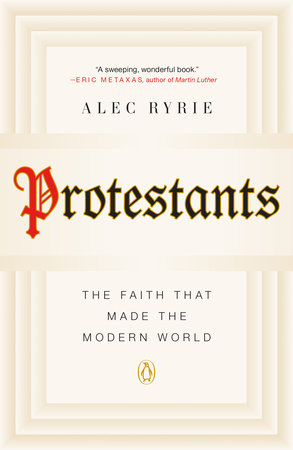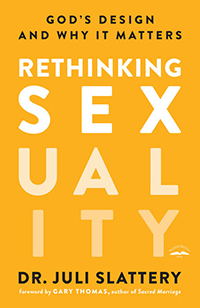The Hymnal: A Reading History
By Christopher N. Phillips (Johns Hopkins University Press)
 When I was in Sunday school in third grade, my teacher seemed ancient. Each Sunday, with hair a bit askew, he’d pump our hands as we walked in the door because he was so glad to see us. We’d earn full-size Snickers bars for Bible memorization, and he’d take us on a fishing trip at the end of the year. His wife would sit down next to a tinny classroom piano, and we’d sing hymns at the close of each class.
When I was in Sunday school in third grade, my teacher seemed ancient. Each Sunday, with hair a bit askew, he’d pump our hands as we walked in the door because he was so glad to see us. We’d earn full-size Snickers bars for Bible memorization, and he’d take us on a fishing trip at the end of the year. His wife would sit down next to a tinny classroom piano, and we’d sing hymns at the close of each class.
But the crowning glory of that year was receiving a hymnal of our very own, with gold embossed lettering, to continue our Christian education at home. It became a coveted object, one valued for its history. It signified our growing belonging to the church. Yet once in my possession, it simply sat atop the piano only my mother could play.
We are formed by the hymns and songs we sing. We are (perhaps more than we realize) formed, too, by the tangible objects of our faith. We are people of the book—not just people of the Word of God, but also people who have been corporately, theologically, devotionally, and socially formed by hymnbooks.
It is this history that Christopher N. Phillips artfully articulates in The Hymnal: A Reading History. This book is the only large-scale history and literary reading of hymnals, those “small companion[s]” that traveled with parishioners from church, home, and school. Phillips leads us like an artful detective through the early reading practices and religious life of the 18th and 19th centuries, in America and across the Atlantic.
From our modern vantage point, perhaps we might see hymnals as outdated accessories of a worship service. But hymnbooks have served (and still may serve) a larger purpose. These books were the way children learned to read, the way illiterate congregants were able to apply a sermon, the way families instructed their children (and paved the way for children’s literature), the way poetic careers began, and the way that disparate individuals became the worshiping people of God.
Hymnbooks helped to bind the people of God together. Because “readers can be both individual and corporate,” writes Phillips, hymnbooks in worship nurtured the “achievement of corporate personhood.” For new religious groups or fringe groups (the ones Phillips examines are African Methodists, Reform Jews, and Latter-day Saints), hymnbooks were one of the first acts of creating a visible identity. For denominations, too, hymnbooks were used to wage war or create peace by what was included, what was excluded, and how the books were published and circulated.
Phillips traces the history of the genre and its use in three sacred spaces: the church, school, and home.














We seek to connect God’s story and God’s people around the world. To learn more about God’s story, click here.
Send comments and feedback to Eric Black, our editor. For comments to be published, please specify “letter to the editor.” Maximum length for publication is 300 words.